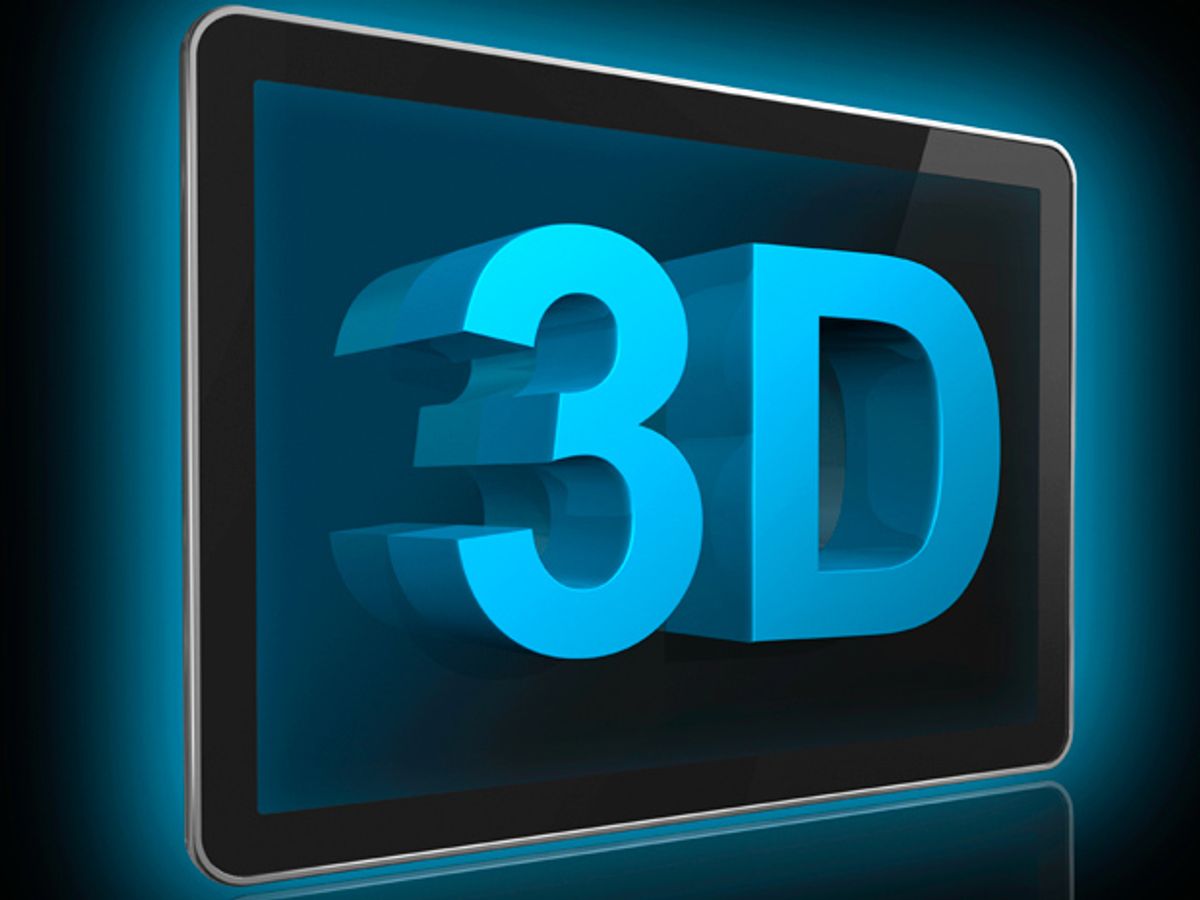Last year, we covered research that was promising to bring new life to 3-D TV by eliminating the need for special glasses to see the 3-D effect.
That work proposed at the University of Central Florida (UCF) was going to pursue nanoprinting techniques that would turn polymers into 3-D holographic displays that functioned much like Princess Leia’s message in Star Wars. In theory, the proposed technology would involve a stationary table projecting the holograms.
Now researchers at Swinburne University of Technology in Australia are leveraging graphene to get a similar effect with a mobile device.
“Our technique can be leveraged to achieve compact and versatile optical components for controlling light,” said Min Gu, director of Swinburne’s Centre for Micro-Photonics, in a press release. “We can create the wide angle display necessary for mobile phones and tablets.”
In research published in the journal Nature Communications, the Swinburne scientists found that by using graphene oxide that has been reduced back towards pure graphene (dubbed “reduced graphene oxide”) they could achieve wide-angle and full-color 3-D images using a single femtosecond pulsed laser beam.
Previously, the methods used to get reduced graphene oxide for these 3-D optical effects involved thermal treatment processes in which the temperatures were so high it limited the ability of the images to achieve their optimal contrast.
In the new process, the researchers were able to change the refractive index of the reduced graphene oxide. It’s that change that makes it possible to record individual pixels used in the holograms that can be seen by the naked eye.
Back in 2013, Swinburne researchers discovered that graphene oxide could produce a giant refractive-index modulation. In that research, again led by Min Gu, the Swinburne team encoded the image of a kangaroo in a computer-generated hologram and then rendered the hologram as a 3-D recording on a graphene oxide polymer.
In commenting about this latest research, Mu said: “If you can change the refractive index you can create lots of optical effects.” He added: “Owing to its atomic layer thickness and high mechanical strength, the use of graphene in mobile display units for flat two-dimensional displays is burgeoning. Our technology could also underpin future flexible and wearable display devices and transform them for 3D display.”
Dexter Johnson is a contributing editor at IEEE Spectrum, with a focus on nanotechnology.



